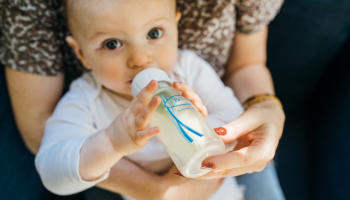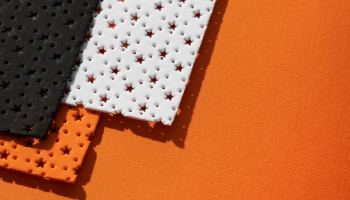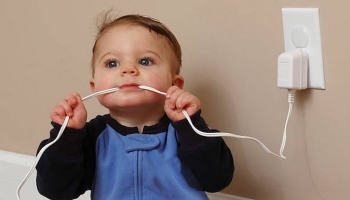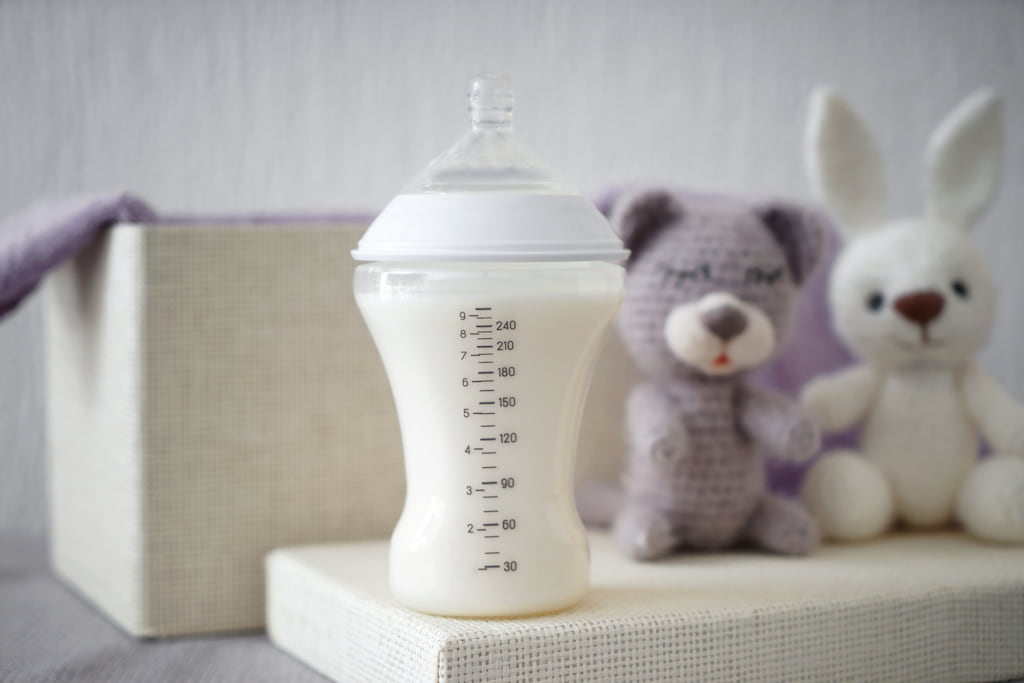
Breast milk is a vital source of nutrition for babies, and it is crucial to handle and store it with utmost care to ensure its quality and safety. A common question among parents is, “why can’t you store breast milk in bottles with nipples?” Although it may seem like a practical choice, there are several valid concerns associated with this practice.
Firstly, the primary reason why you can’t store breast milk in bottles with nipples is the increased risk of contamination. Nipples are notoriously hard to clean thoroughly, and bacteria can quickly take residence in the nooks and crannies, potentially leading to infections in babies, some of which can be severe. Furthermore, the integrity of nipples can degrade over time, possibly releasing detrimental substances into the milk. This risk is heightened if the bottles are crafted from plastics containing bisphenol A (BPA), a chemical associated with developmental issues in children.
Understanding Breast Milk Storage
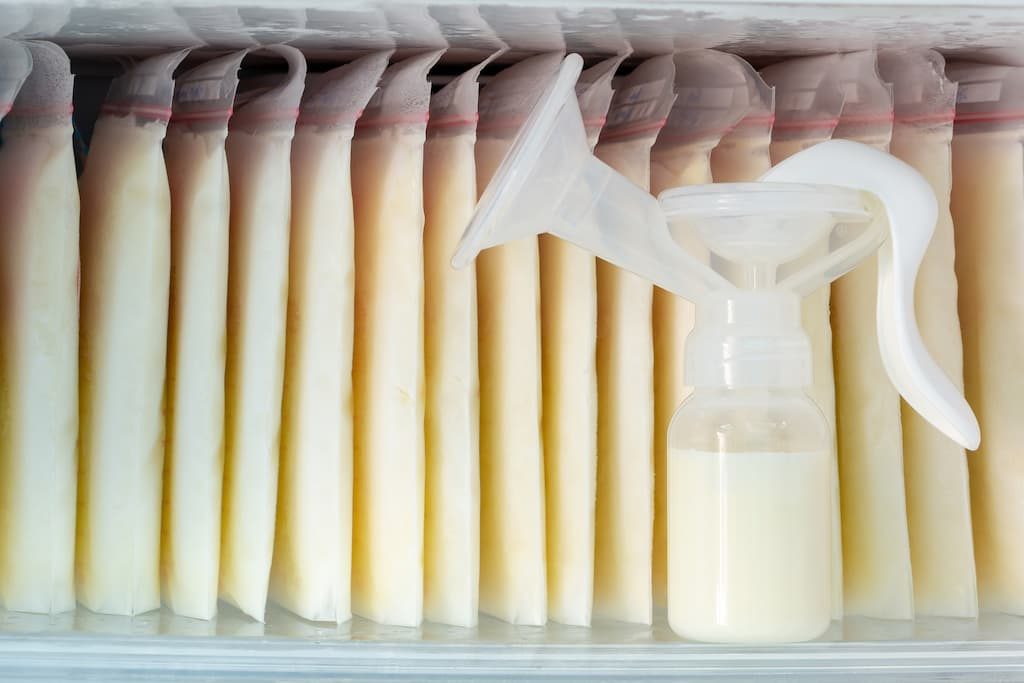
Breast milk is a highly nutritious and invaluable source of nourishment for infants. Whether it’s fresh breast milk or frozen breast milk, it’s crucial to store it properly to uphold its quality and make certain it’s safe for consumption. One familiar misstep that many new mothers take is keeping breast milk in bottles with nipples.
Storing breast milk in bottles with nipples is discouraged because this can precipitate contamination and degradation of the milk. Nipples can act as reservoirs for bacteria, posing a risk of contaminating the milk, making it unsafe for the baby. Moreover, the suction from the nipple might draw some of the milk back into the bottle, escalating the contamination risk.
For preserving breast milk, one should always opt for clean and sterilized containers. Such containers ought to be made of glass or BPA-free plastic and should seal tightly with lids. It’s prudent to store breast milk in small quantities, say, 2-4 ounces, to minimize waste and ensure that the milk is consumed within an optimal period.
Fresh breast milk, when stored, has varied shelf-lives based on the method of storage. It can last at room temperature for a maximum of 4 hours, remain in the refrigerator for up to 4 days, and when frozen, it can be kept for up to 6 months. Frozen milk, when needed, can be thawed either in the refrigerator or by immersing the container in a bowl filled with warm water. It’s vital to remember that once thawed, breast milk should be consumed within 24 hours and under no circumstances should it be refrozen.
To ensure systematic usage and prevent wastage, it’s advised to label stored breast milk with the date and time of expression. This assists in using the oldest milk first. For utmost quality, place the milk deep into the refrigerator or freezer, where temperature variations are minimal.
The Importance of Proper Containers
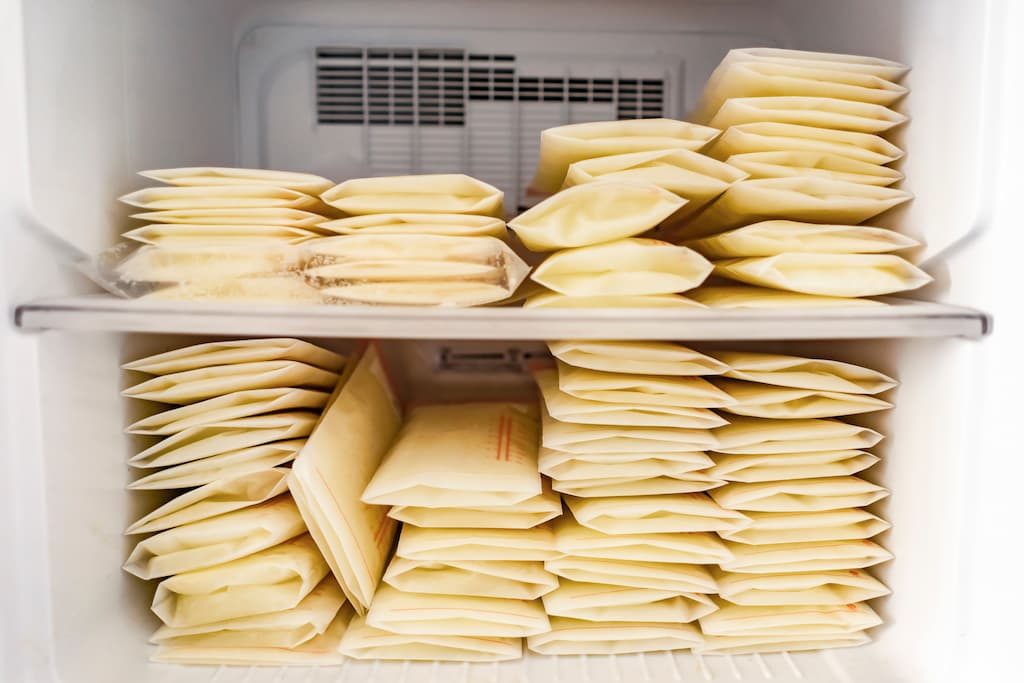
Breast milk is a valuable source of nutrition for infants, and it is important to store it properly to ensure that it remains safe and nutritious. One of the most important factors in proper breast milk storage is the container used for storage.
Using the wrong container can lead to contamination, spoilage, and loss of nutrients. It is important to use containers that are specifically designed for breast milk storage, such as bottles, plastic bags, or sealed containers. These containers are made of materials that are safe for storing breast milk and are designed to prevent contamination and spoilage.
Bottles with nipples are not recommended for storing breast milk because they are not designed for this purpose. The nipples can trap bacteria, which can contaminate the milk and make it unsafe for consumption. Additionally, bottles with nipples are not airtight, which can lead to spoilage and loss of nutrients.
When selecting a container for breast milk storage, it is important to consider the material of the container. Plastic containers are a popular choice for breast milk storage because they are lightweight, durable, and easy to clean. However, it is important to choose containers that are BPA-free and made of food-grade plastic to ensure that they are safe for storing breast milk.
In addition to selecting the right container, it is important to label the container with the date and time the milk was expressed. This will help ensure that the milk is used within the recommended timeframe and prevent spoilage.
Why Not to Store Milk in Bottles with Nipples
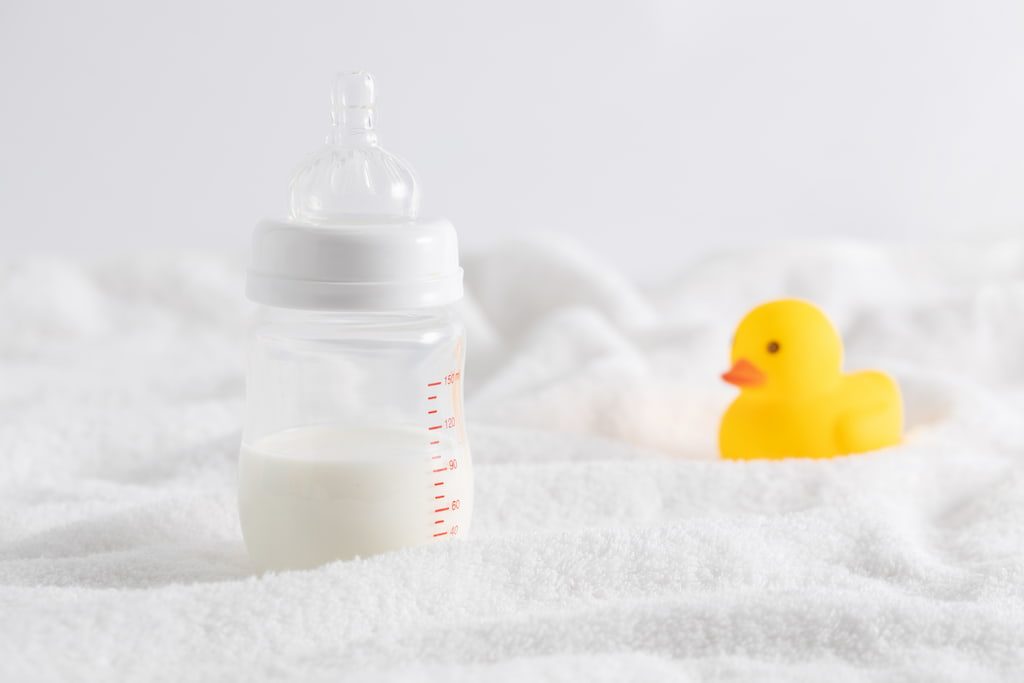
Storing milk in bottles with nipples may seem like a convenient option for feeding the baby, but it is not recommended. Here are a few reasons why:
Contamination
When milk is stored in a bottle with a nipple, it increases the chances of contamination. The nipple can trap bacteria and germs, which can then transfer to the milk. This can lead to infections and illnesses in the baby.
Bacteria Growth
Milk is a breeding ground for bacteria. If milk is stored in a bottle with a nipple, the bacteria can grow and multiply rapidly. This can cause the milk to spoil quickly and become unsafe for the baby to consume.
Cleaning Difficulties
Cleaning bottles with nipples can be a challenging task. The nipple can trap milk and bacteria, making it difficult to clean thoroughly. If the bottle is not cleaned properly, it can lead to contamination and bacteria growth.
Sterilization
Sterilizing bottles with nipples is essential to ensure that they are free from bacteria and safe for the baby to use. However, sterilizing a bottle with a nipple can be a time-consuming process. It is also difficult to ensure that the nipple is completely sterilized, which can lead to contamination.
In summary, storing milk in bottles with nipples is not recommended due to the risk of contamination, bacteria growth, and cleaning difficulties. It is best to store milk in a clean, sterile container and use a separate nipple for feeding the baby.
The Process of Expressing and Storing Breast Milk
Expressing breast milk offers a convenient means for mothers to furnish their babies with essential nutrients when direct breastfeeding isn’t feasible. However, proper storage of this expressed breast milk is paramount to ensure it stays wholesome and safe for the baby.
Upon expressing the breast milk, it’s crucial to label the container with the date and time of expression. This aids in tracking the milk’s freshness and ensures its consumption before it turns unsuitable. It’s advised to store the milk in smaller portions, about 2-4 ounces, minimizing waste and guaranteeing freshly expressed milk for every feeding.
Various containers, like plastic bottles, glass jars, or specialized breast milk storage bags, can be used for storage. However, bottles with attached nipples are discouraged for storage purposes, as these nipples might harbor bacteria and complicate thorough cleaning.
For storing practices, breast milk can be refrigerated for a span of four days or frozen to extend its usability up to six months. Remember, when you opt for freezing, breast milk expands, so it’s imperative to leave a bit of space at the top of the container to accommodate this expansion. Thawing frozen milk can be achieved by placing previously frozen milk in the fridge overnight or by gently running it under lukewarm water.
A vital caution is to refrain from using microwaves to heat breast milk. Microwaving breast milk can lead to uneven heating, resulting in “hot spots” that pose a risk of burning the baby’s mouth. Instead, warm the milk by immersing the container in a bowl of warm water or resorting to a dedicated bottle warmer.
By adhering to these guidelines, mothers can assure that their breast milk remains in optimal condition for their infant’s consumption.
Maintaining Nutritional Quality of Breast Milk
Breast milk is a paramount source of nourishment for infants, laden with essential nutrients, vitamins, and antibodies. Nevertheless, it’s imperative to adhere to the correct storage methods to uphold its nutritional integrity. Storing breast milk in baby bottles with nipples isn’t the best practice since it might compromise the nutritional content of the milk.
Utilizing baby bottles with nipples for breast milk storage can induce the loss of critical nutrients, including vitamin C, proteins, and milk fats. Furthermore, the enzyme lipase found in breast milk might begin to break down these fats, imparting an undesirable taste and odor to the remaining breast milk left in the bottle.
More concerning is the potential impact on the precious antibodies present in the breast milk. These antibodies bolster a baby’s immune defense, and their degradation might render the infant more vulnerable to infections and illnesses.
To preserve the utmost nutritional value of stored milk, it’s best to store it in sanitized, airtight containers such as specialized breast milk storage bags or glass jars. When heating breast milk, care should be taken to do so uniformly and avoid overheating. It’s also important to note that you should never refreeze breast milk once it’s thawed. If you’re looking to store more than just breast milk, remember you can freeze homemade baby food similarly, but always ensure it’s stored in sterile, safe containers to preserve quality and prevent contamination.
Safe Thawing and Warming Techniques
When it comes to thawing and warming breast milk, it is important to follow safe techniques to ensure that the milk remains safe for consumption. Here are some safe thawing and warming techniques that can be used for breast milk:
Thawing Breast Milk
Breast milk can be thawed in the refrigerator, under running warm water, or in a bowl of warm water. It is important to avoid using hot water or a microwave to thaw breast milk as this can destroy the nutrients and increase the risk of hot spots.
When thawing breast milk in the refrigerator, it is important to place the milk in a container that is leak-proof and can be sealed tightly. The milk should be thawed slowly in the refrigerator overnight or for at least 12 hours. This method is the safest and preserves the quality of the milk.
If you need to thaw breast milk quickly, you can use warm running water or a bowl of warm water. The milk should be placed in a sealed container or plastic bag and submerged in the water. It is important to change the water every 30 minutes to ensure that the milk is thawed evenly.
Warming Breast Milk
Breast milk can be warmed by placing the bottle or container in a bowl of warm water or under running warm water. It is important to avoid using a microwave or boiling water to warm breast milk as this can destroy the nutrients and create hot spots.
When warming breast milk in a bowl of warm water, it is important to use water that is no hotter than 37°C (98.6°F). The bottle or container should be submerged in the water for no more than 15 minutes to prevent the growth of bacteria.
When warming breast milk under running warm water, it is important to use water that is no hotter than 37°C (98.6°F). The bottle or container should be held under the running water until it reaches the desired temperature.
Handling Leftover and Unused Milk
Breast milk is a precious commodity, and mothers often try to store it for later use. However, it is essential to handle leftover and unused milk correctly to ensure that it remains safe and healthy for the baby.
If a baby does not finish a bottle of breast milk, it is important to discard the remaining milk after two hours. Bacteria can grow in leftover milk, making it unsafe for the baby to consume. If the baby has not fed from the bottle, the milk can be stored in the refrigerator for up to four days.
Mothers should also be careful when combining leftover milk with fresh milk. It is best to cool the fresh milk before adding it to the leftover milk to prevent bacteria growth.
When storing unused milk, it is essential to use the right containers. Bottles with nipples are not recommended for storing breast milk as they can cause contamination. Instead, mothers should use clean bottles with tight-fitting lids or breast milk storage bags.
Mothers should also label the containers with the date and time the milk was expressed. This information will help them keep track of the freshness of the milk and prevent them from using outdated milk.
It is important to note that breast milk can be safely stored in the refrigerator for up to four days and in the freezer for up to six months. However, it is best to use the milk as soon as possible to ensure its freshness and to avoid waste.
Special Considerations
When it comes to storing breast milk, there are some special considerations that need to be taken into account. One of the most important is to avoid using bottles with nipples for storage.
Firstly, using bottles with nipples for storage can increase the risk of contamination. When the milk is stored in a bottle with a nipple, it is harder to clean and sterilize the nipple properly. This can lead to the growth of harmful bacteria, which can cause illness in both the mother and baby.
Secondly, using bottles with nipples for storage can also increase the risk of moldy tubing. When the milk is stored in a bottle with a nipple, it can get into the tubing of the breast pump and cause mold to grow. This can be harmful to the baby if the milk is fed to them.
Thirdly, using bottles with nipples for storage can also cause issues with feeding items. If the milk is stored in a bottle with a nipple, the nipple can become worn and damaged, which can cause issues with feeding. This can be especially problematic if the baby has a hard time feeding or if they are sensitive to changes in the feeding equipment.
Other special considerations when storing breast milk include washing your hands before handling the milk, using an insulated cooler with ice packs to transport the milk, and being prepared for a power outage. It is also important to store the milk in a cooler away from the door to maintain a consistent temperature.
Frequently Asked Questions
How should I store my breast milk?
Breast milk can be stored in clean, sterilized containers with tight-fitting lids. It is best to use containers specifically designed for storing breast milk, such as breast milk storage bags or bottles. Always label the container with the date and time the milk was expressed.
Can breast milk be stored in bottles with teats?
It is not recommended to store breast milk in bottles with teats or nipples attached. This is because the suction from the nipple can cause the milk to leak out and contaminate the rest of the milk in the bottle. It is best to store breast milk in a separate container and transfer it to a bottle with a clean nipple when it is time to feed the baby.
What is the best way to sterilize breast milk?
The best way to sterilize breast milk is to use a steam sterilizer or to boil the containers in water for at least 10 minutes. It is important to follow the manufacturer’s instructions for sterilizing equipment and to ensure that all parts of the equipment are completely dry before use.
Can you freeze breast milk in Dr. Brown’s bottles?
Yes, breast milk can be frozen in Dr. Brown’s bottles. However, it is important to leave some space at the top of the bottle to allow for expansion as the milk freezes. It is also recommended to use a container specifically designed for storing breast milk to ensure the milk stays fresh and does not become contaminated.
Should I store breast milk in glass or plastic?
Breast milk can be stored in both glass and plastic containers. However, it is important to ensure that the containers are made of a food-grade material and are free from any cracks or scratches. Glass containers are easy to clean and do not absorb odors, but they can be heavy and may break if dropped. Plastic containers are lightweight and durable but may absorb odors and can become scratched over time.
Why does breast milk stick to the bottle?
Breast milk can sometimes stick to the sides of the bottle due to its high fat content. This is normal and does not affect the quality of the milk. To ensure that all the milk is consumed, gently swirl the bottle before feeding to mix any separated milk back together.
Is it safe to store breast milk in glass bottles?
Yes, it is generally safe to store breast milk in glass bottles. Glass is an inert material that does not leach chemicals into the breast milk. Glass bottles are also easy to clean and sterilize, and they do not absorb odors or flavors.
Can we store both breast milk in a feeding bottle?
No, we don’t recommend storing breast milk in the same bottle that your baby will be feeding from. Feeding bottles come with nipples that can easily become a breeding ground for bacteria and contaminate the breast milk stored in the bottle.



